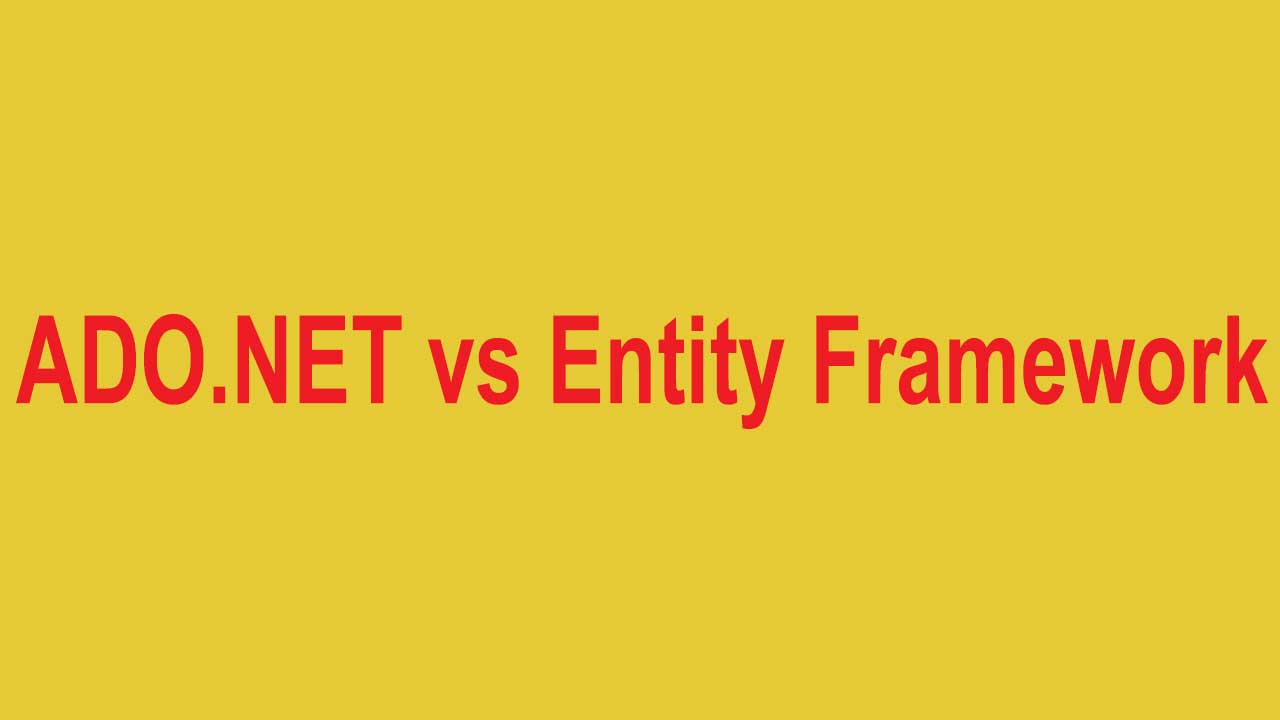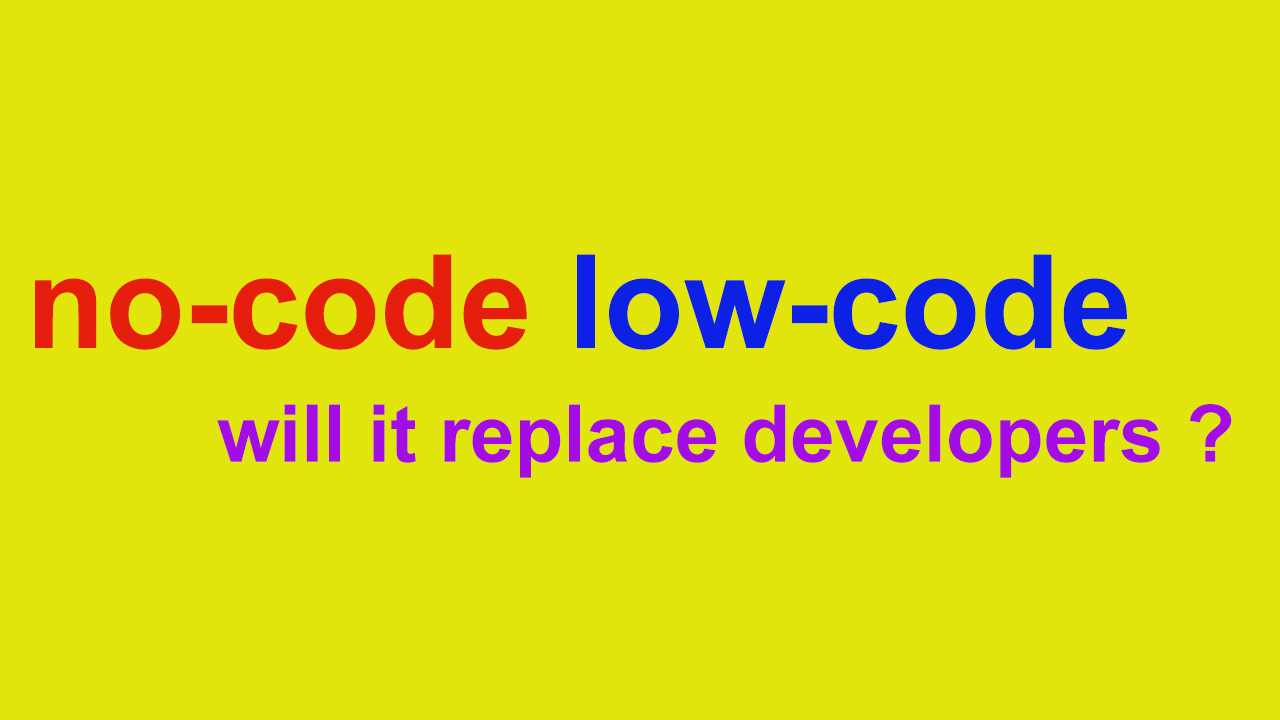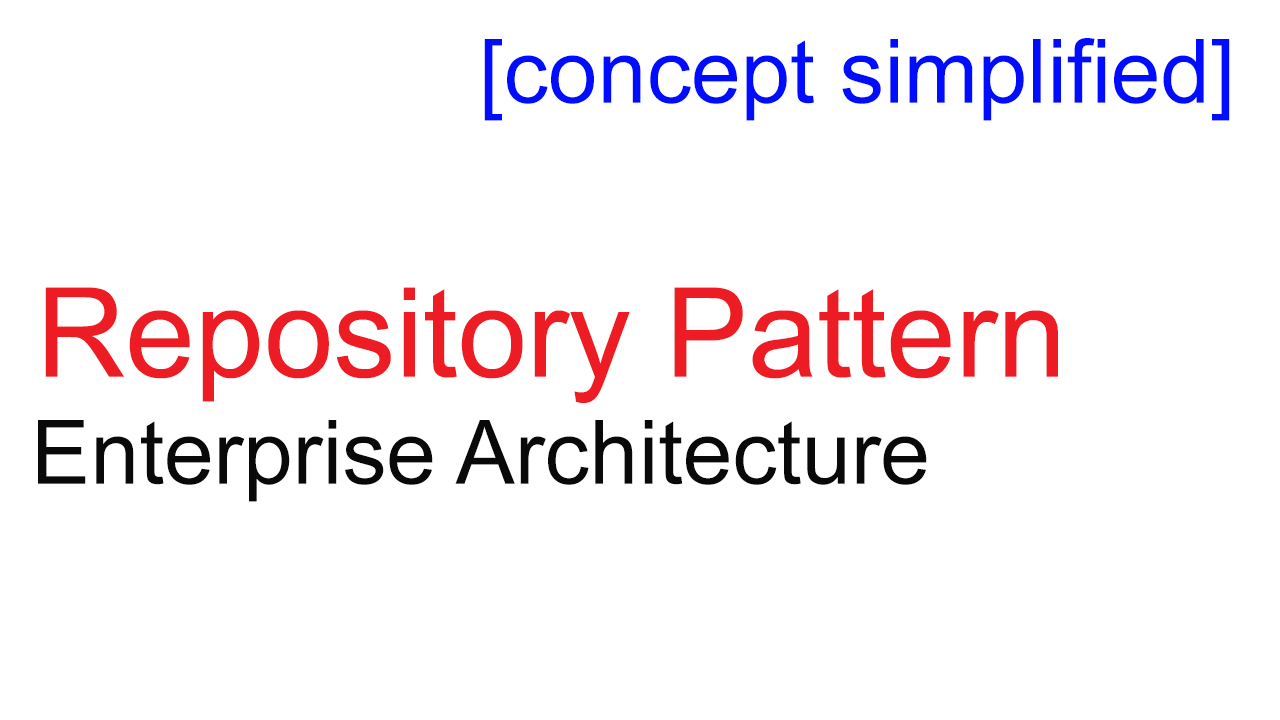SQLite vs. MySQL vs. PostgreSQL: A Comparison of Relational Databases
In this article we are going to discuss about widely used RDBM database i.e MySQL, SQLite and PostgreSQL.
Relational Database Management Systems (RDBMS) are one of the most widely used database management systems in the world. Based on the relational model invented by Edgar F. Codd, these databases store data in the form of tables and allow the data to be linked by establishing a relationship between the tables. This results in an efficient data storage mechanism where the data can be referenced from elsewhere in the database.
In this article, we compare three of the most popular open-source RDBMS on the market. The comparison delves into differences in architecture, business continuity, use cases, and support that help you make an informed decision while pursuing database systems for your application.
SQLite
Overview and Features
SQLite is an embedded, file-based RDBMS that does not require any installation or setup. This, in turn, means that the application does not run under a separate server process that needs to be started, stopped, or configured. This serverless architecture enables the database to be cross-platform compatible.
The complete SQL database is contained within a single disk file and all reads and writes take place directly on this disk file. As the data is directly written back to the disk file, SQLite adheres to the ACID properties to safeguard transactions against memory allocation failures and disk I/O errors that can result from unexpected system crashes or power failures.
Advantages and Use Cases
The SQLite library is one of the most compact libraries in this list where the size of the library can easily be under 600 KB. Due to its very small footprint and the nature of the RDBMS, it is a very good fit for IoT and embedded devices.
Some other good use cases include low-to-medium traffic websites (~ 100K requests a day), testing and internal development purposes, data analysis using Tcl or Python and educational purposes (this is simple to set up and can be used to teach SQL concepts to students).
One major advantage of SQLite is how it can act as a complementary solution for client/server enterprise RDBMS. For example, it can cache data from client/server RDBMS locally and thereby reduce the latency for queries and keep the end application alive in case of enterprise RDBMS outages.
MySQL
Overview and Features
MySQL is one of the most popular open-source and large-scale RDBMS systems out there. Unlike SQLite, it employs a server/client architecture that consists of a multi-threaded SQL server. This multi-threaded nature of MySQL allows for greater performance as the kernel threads can easily utilize multiple CPUs. The database is written in C and C++ and supports various platforms like Windows Server Operating Systems and Linux distros like RHEL 7 and Ubuntu. It also adheres to the ACID system for transaction consistency and provides various Connectors and APIs like C, C++, Java, PHP, etc.
Scalability, security, and replication are some of the key features that make MySQL one of the most popular choices in enterprise applications:
- Security features include MySQL Access Privilege System, which provides user authentication, user account management system, and encrypted connections using SSL.
- MySQL offers replication from master to slave and master to master which can prove useful while scaling out reads, useful as a backup solution or even failover scenarios in case of downtime. MySQL also has commercial products that have more extensive features.
- The MySQL Enterprise edition, for example, has additional features like MySQL Transparent Data Encryption (TDE), MySQL Enterprise Backup, and MySQL document store.
- MySQL also offers an embedded multi-threaded library which provides a smaller footprint for use in embedded and IoT systems.
Advantages
Apart from having several enterprise features, another major differentiation between MySQL and SQLite is MySQL's support for multi-user features. This, along with the enterprise features and scalability, makes it a perfect candidate for distributed applications.
MySQL holds an edge over PostgreSQL for simple read-heavy operations when it comes to throughput and performance. It is also much simpler to install and use and has a broader community compared to PostgreSQL.
Disadvantages
As MySQL moves old data to a separate area called rollback segments, bulk INSERTs can have an adverse impact on performance. This is where PostgreSQL shines. It also does not work well with long-running SELECTs and is best suited to smaller SELECTs especially the ones covering clustered index. Some of the other disadvantages include a lack of full-text search and slow concurrent read-writes.
PostgreSQL
Overview and Features
PostgreSQL is an open-source object RDBMS with special emphasis on extensibility and standards compliance. Like MySQL, PostgreSQL uses a client/server database model and the server process that handles the client communications, manages the database files and operations, is known as the process.
PostgreSQL handles concurrent client sessions by creating ("forking") a new process for each connection. This process is separate from the master process and is created and destroyed during the lifetime of the client connection. Written in C, Postgres is ACID compliant and supports functions and stored procedures. Unlike MySQL, PostgreSQL supports materialized views (cached views) resulting in faster frequent access to big and active tables.
Like MySQL, PostgreSQL also has several advanced features like security and replication. PostgreSQL relies on synchronous replication between the master and the slave database. Apart from providing user access control, host-based access control, and user authentication, PostgreSQL also natively provides the capability to encrypt client/server communications using SSL. Full ACID compliance is native to PostgreSQL whereas it is present in InnoDB and NDB Cluster programs for MySQL.
PostgreSQL uses a technology known as Multiversion Concurrency Control or MVCC for maintaining data consistency during concurrent access of data. This technology is superior to just using locks for concurrency as it minimizes lock contention in multi-user environments thereby significantly improving performance. For backward compatibility or applications which want the classic lock technology, PostgreSQL also allows table and row locking technologies to provide concurrency. On the contrary, MySQL only supports MVCC in InnoDB instances.
Advantages
- An open-source SQL standard compliant RDBMS:
PostgreSQL is open-source and free, yet a very powerful relational database management system.
- Strong community:
PostgreSQL is supported by a devoted and experienced community which can be accessed through knowledge-bases and Q&A sites 24/7 for free.
- Strong third-party support:
Regardless of the extremely advanced features, PostgreSQL is adorned with many great and open-source third-party tools for designing, managing and using the management system.
- Extensible:
It is possible to extend PostgreSQL programmatically with stored procedures, like an advanced RDBMS should be.
- Objective:
PostgreSQL is not just a relational database management system but an objective one - with support for nesting, and more.
Disadvantages
- Performance:
For simple read-heavy operations, PostgreSQL can be an over-kill and might appear less performant than the counterparts, such as MySQL.
- Popularity:
Given the nature of this tool, it lacks behind in terms of popularity, despite the very large amount of deployments - which might affect how easy it might be possible to get support.
- Hosting:
Due to above mentioned factors, it is harder to come by hosts or service providers that offer managed PostgreSQL instances.
Hope you liked the article and please do subscribe to receive such articles posted on Digital TechJoint and click here to subscribe to our YouTube channel.
Thanks for Visiting Digital TechJoint !!!






